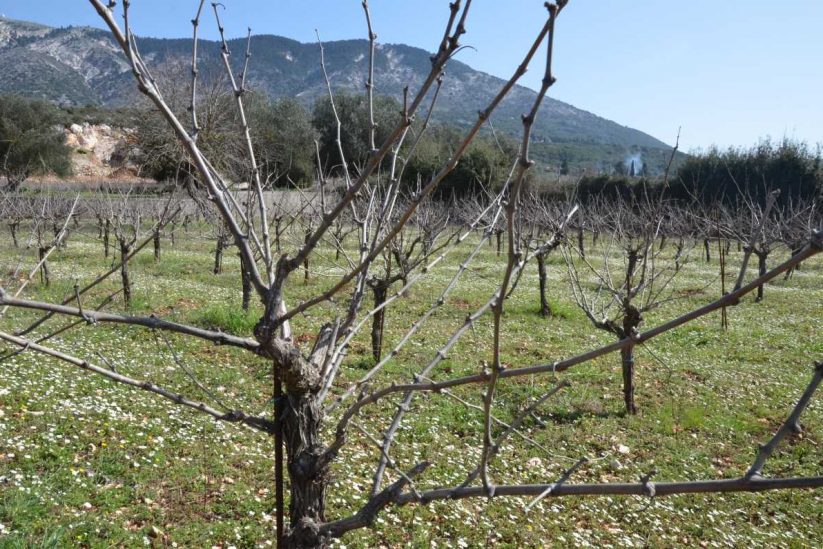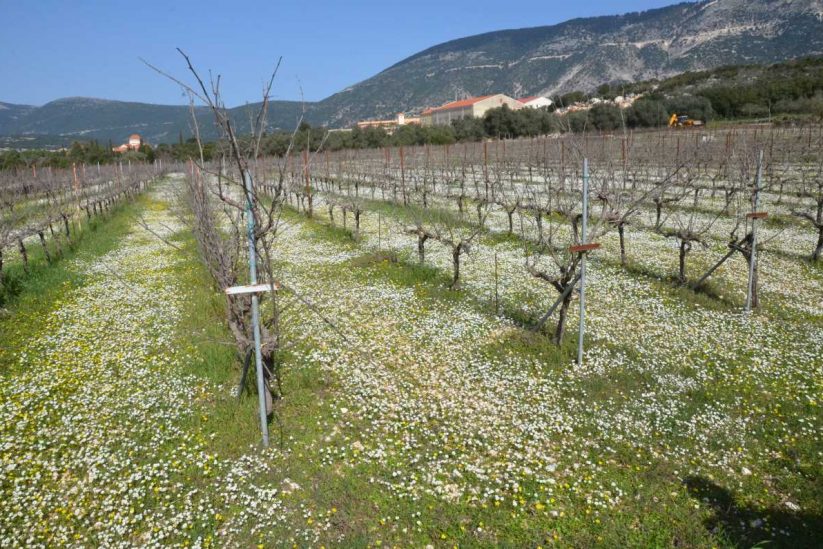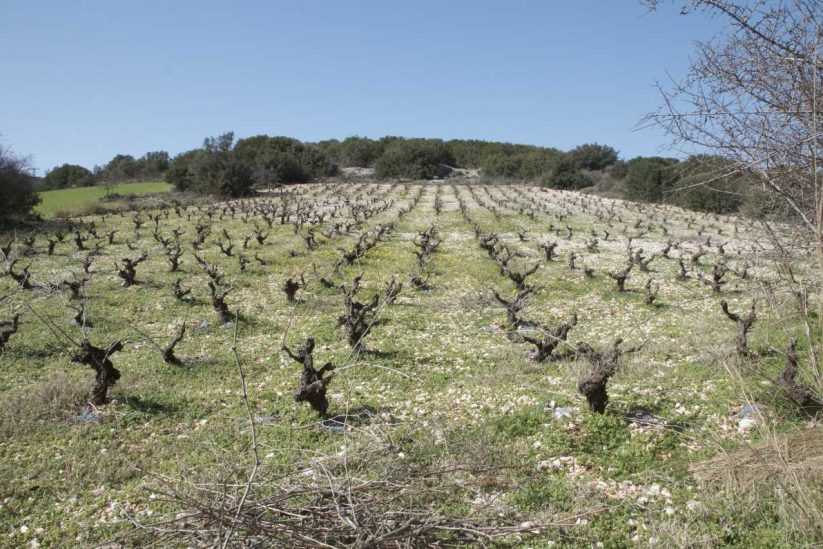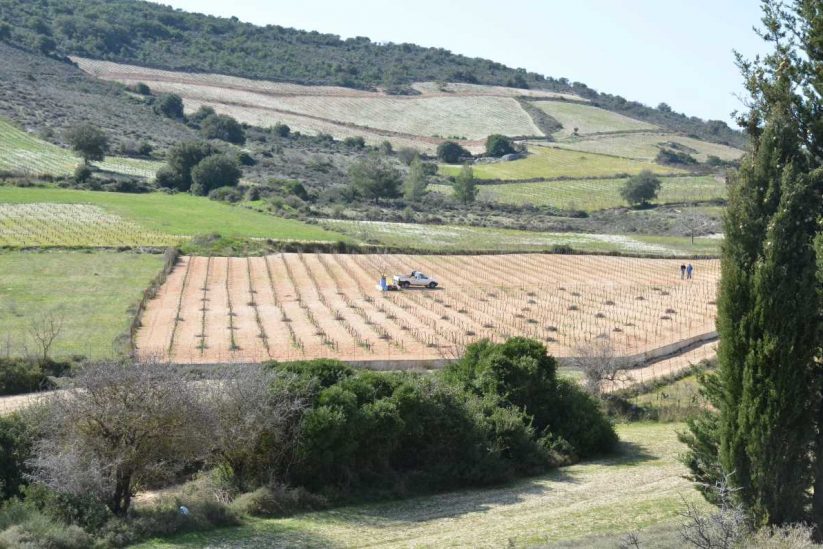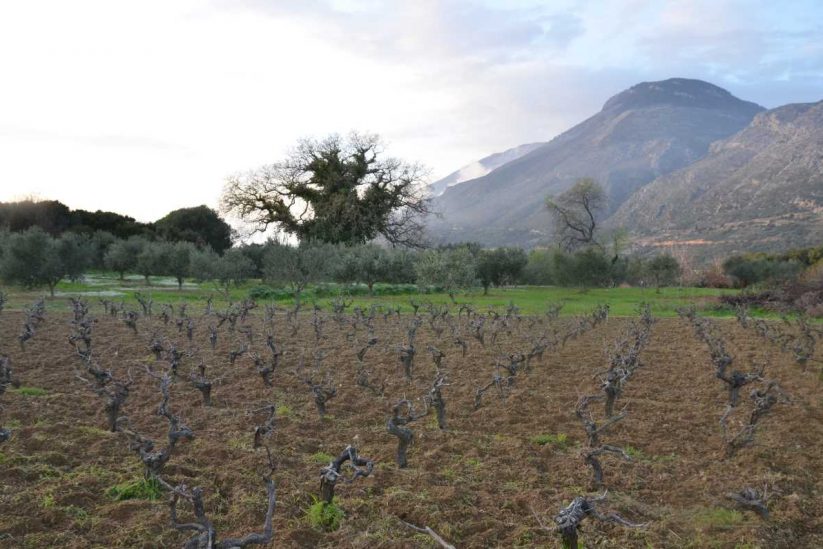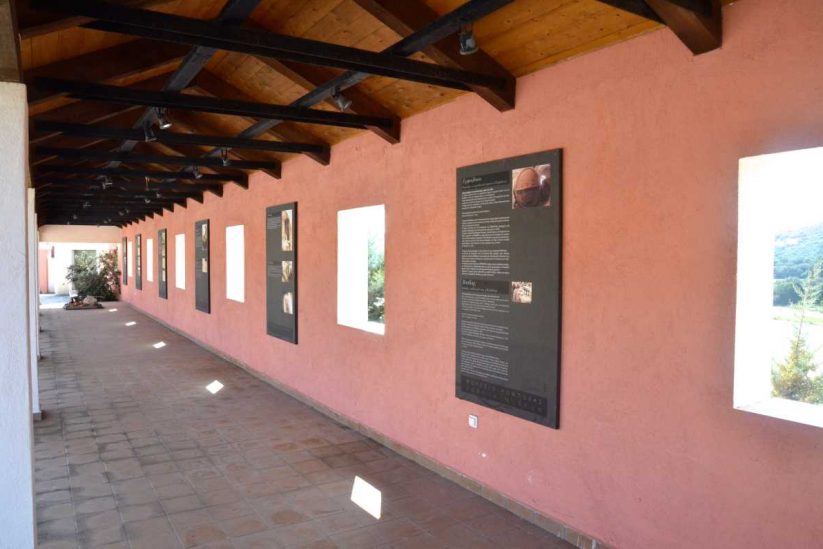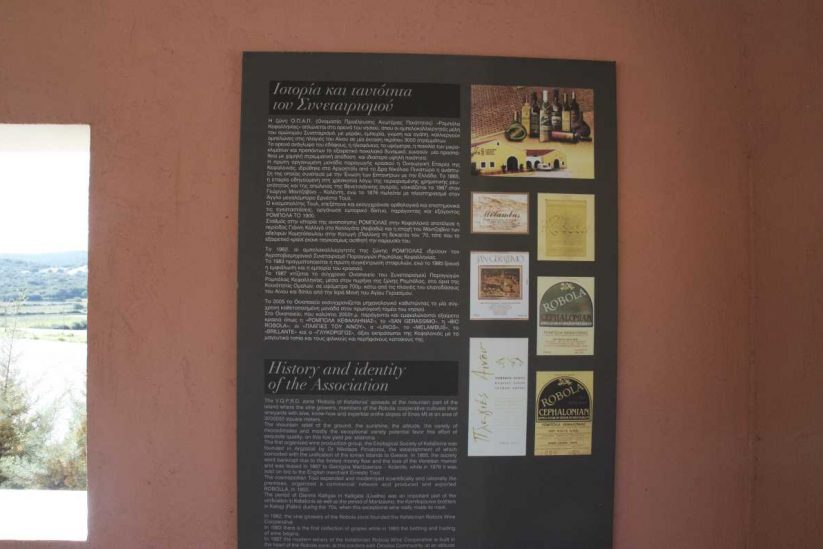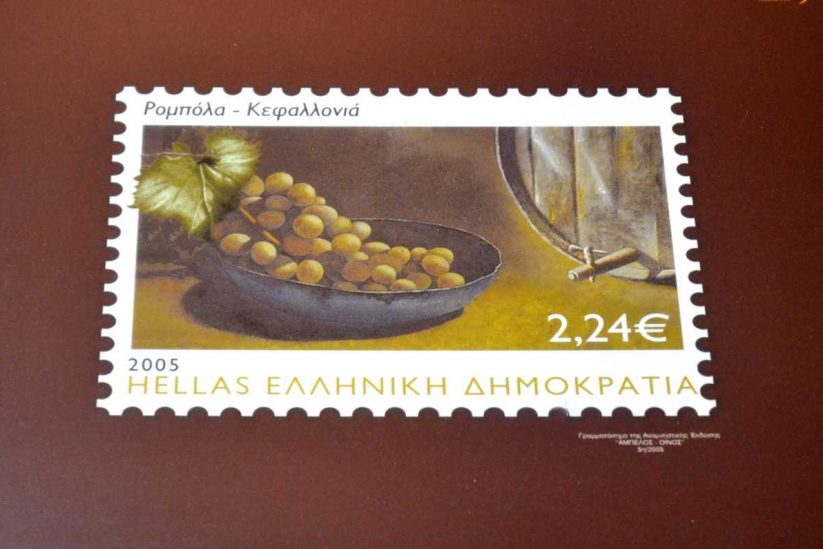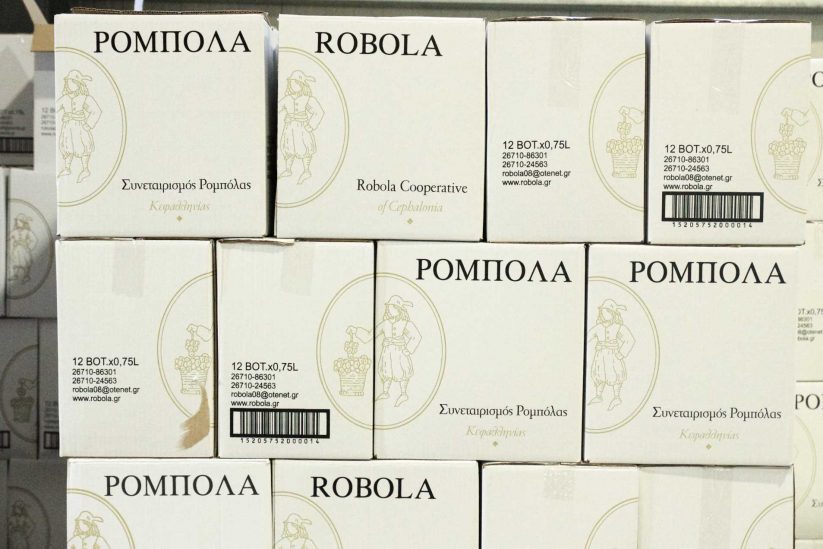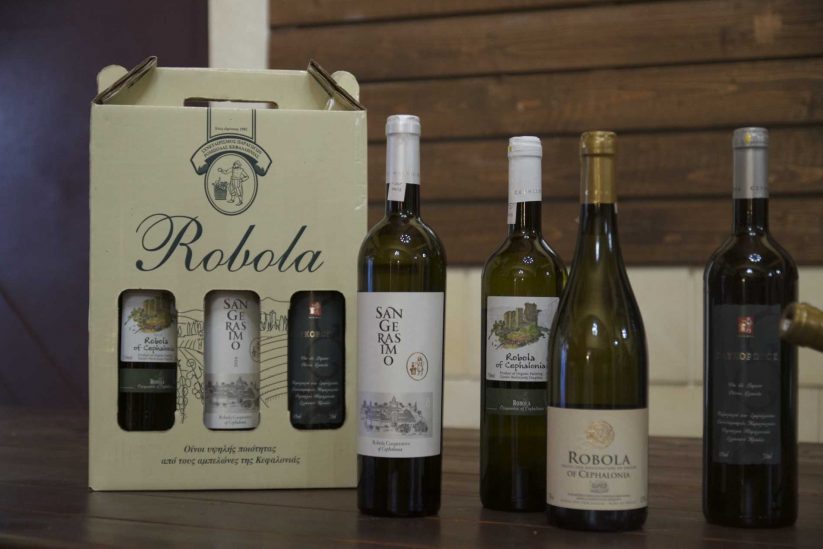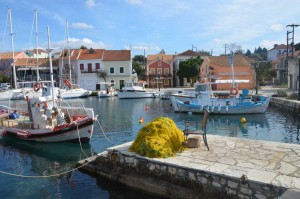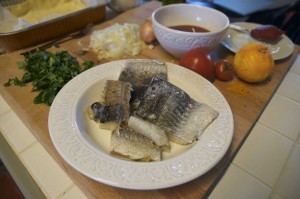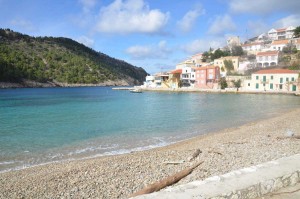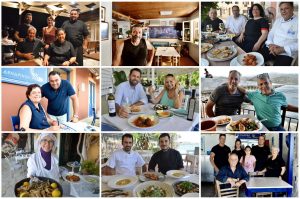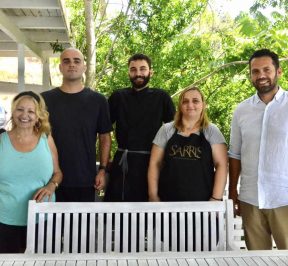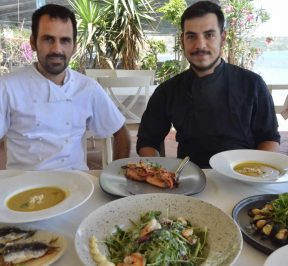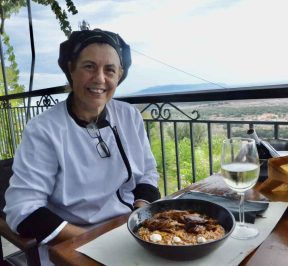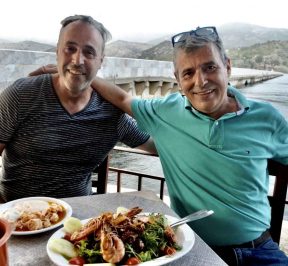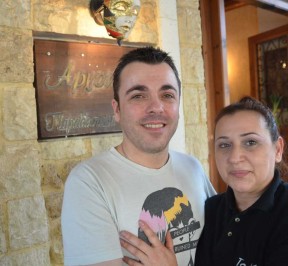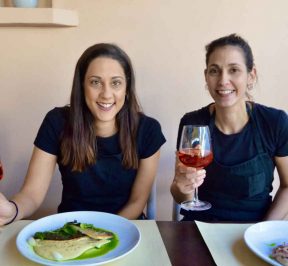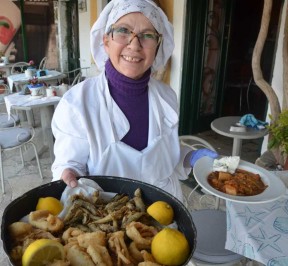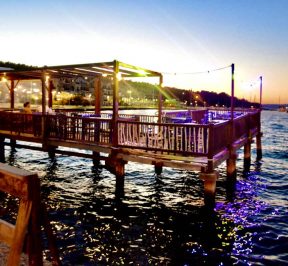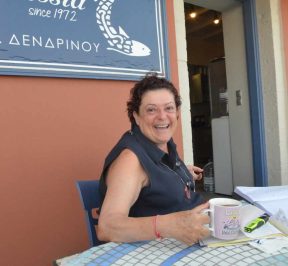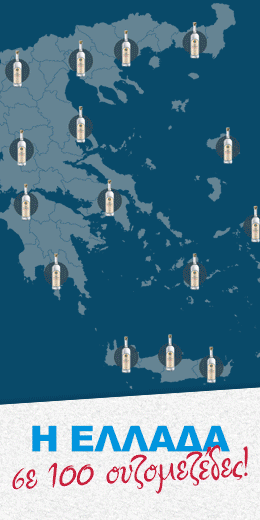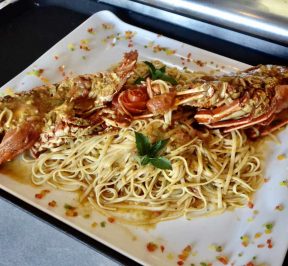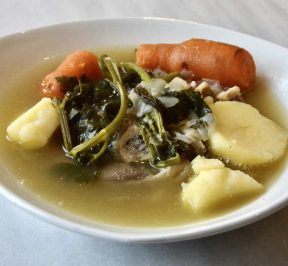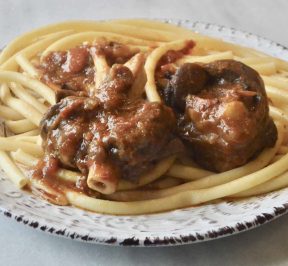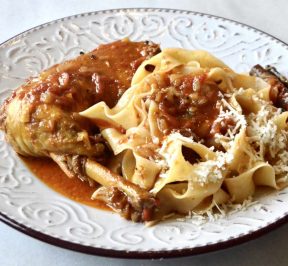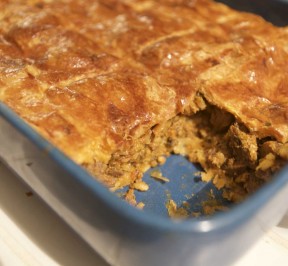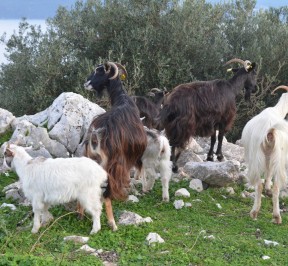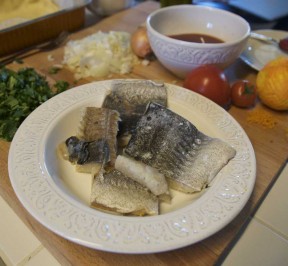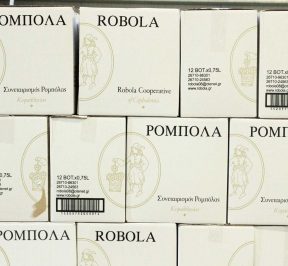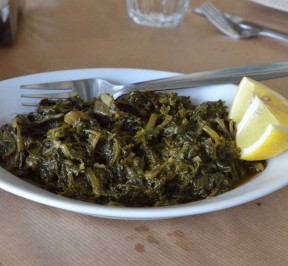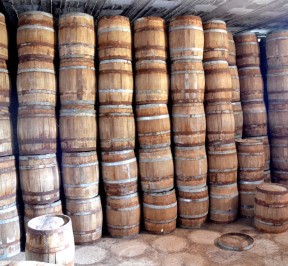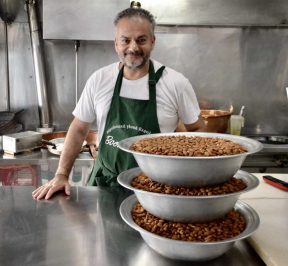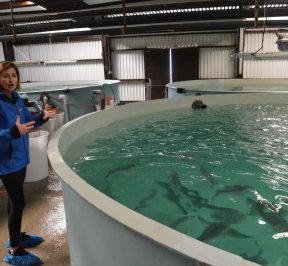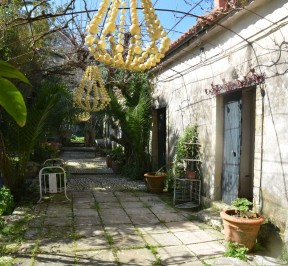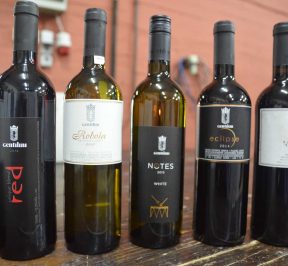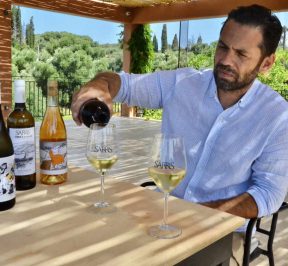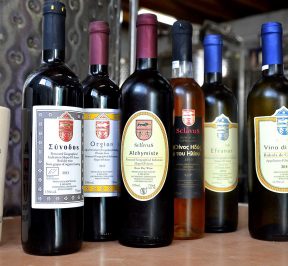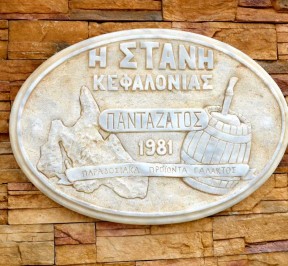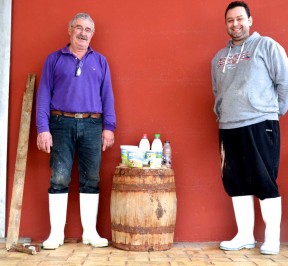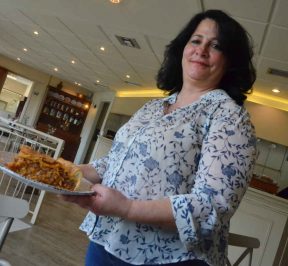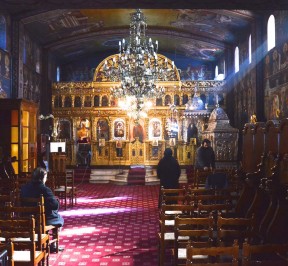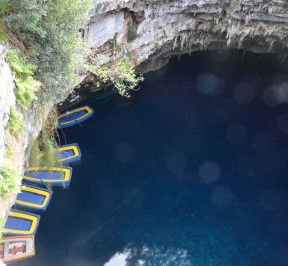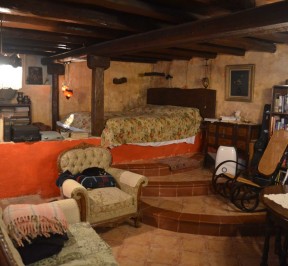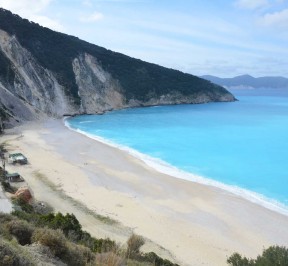Robola of Kefalonia
Η Robola is its trademark variety Of Kefalonia, from which comes the most important in terms of quality wine of the Ionian Islands.
Robola has been recorded on the island since the 12th century, and was probably transported to Kefalonia by the Venetians. He managed to survive even from the scourge of raisin monoculture that prevailed in neighboring Zakynthos and thanks to the favorable ecosystem produced quality wines. The soil and climatic conditions created an obvious difference between the mountainous and lowland Robola, a fact which was taken into account by the legislation entitling to the designation of origin (PDO). Robola of Kefalonia only in the most mountainous cultivation areas. There, the soils, barren, stony and almost without soil, lead to extremely low yields and vice versa to high quality. The vineyards of the zone of designation of origin extend at an altitude of 500 to 800 meters with most of them concentrated west of the imposing mountain Ainos. (The Robola zone extends from the valley of Omala to the Palliki peninsula and the borders of the natural park of Mount Ainos).
30 years ago, when the company Kalliga was in its infancy, the Robola variety had the avant-garde among the white Greek varieties. International varieties had not yet appeared in Greece and Assyrtiko was relatively unknown, with the result that Robola holds the scepters of the first quality white wine worthily. The years passed and the descendants failed to cope with the onslaught of other varieties and the general rise in the quality of winemaking. At the same time, efforts to transfer the variety out of the zone to more productive areas have not yielded the same results.
Robola, today, mainly thanks to the new wineries, has regained its rightful place and is among the best white wine varieties in Greece. Its characteristics are the golden hue and the aromas of unripe and sour fruits, such as the lemon blossoms, the pineapple, the peach and the green apple, the tastefully full mouth, and the characteristic acidity.
It is compared to Assyrtiko, as it also has strong acidity and minerality, strict and lemony aromatic character. "Vino di Sasso", meaning wine of the stone, was called by the Venetians, wanting to emphasize the feeling of minerality that you feel in your mouth. It is also a variety of the sea, cultivated in the Ionian and in smaller areas in western Greece, while when produced in Kefalonia, it is PDO.
Robola must be served cold and fresh, within two years of harvest. It accompanies seafood and local Kefalonian dishes, such as meat pies and aliada (the Kefalonian garlic).
Robola covers 1.500 acres of vineyards, several of which are organically grown. Another 1.500 acres are planted with varieties with Tsaousi, Vostilidi, Moschato Kefalonia (PDO), Mavrodafni (PDO) and Zakynthos.
Of the 15 wineries of the island we visited four: the winery of the Robola Cooperative, the Gentilini winery, the Sklavos winery and Charitatou estate.
And while Santorini with its assyrtiko and its 18 wineries is a world leader in the field of wine, Kefalonia with Robola, dominates the Ionian and has set its sights on great things in the world of Greek wine and in international markets!
Contact
- CategoryProducts
- LeaseKefalonia
Lease
PLACE & HISTORY - TRADITIONAL KITCHEN

